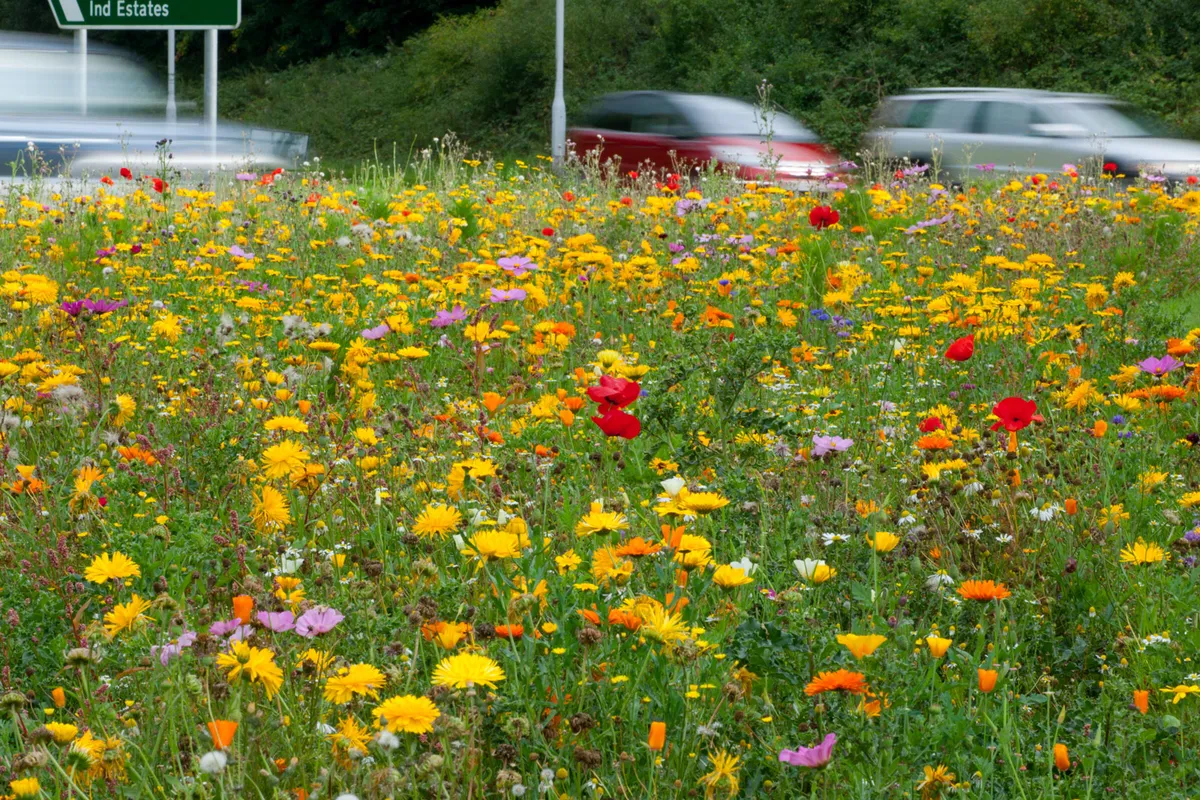In May we are caught, delightfully, between spring and summer. Sometime this month the deciduous trees will complete their greening, changing the light in the woods and the shadows. The birds will turn the volume up on their dawn chorus. The days, especially here in the North, will stretch out at both ends – the sun up before I am and the evenings calling me into the garden, if not out onto the hill. There cannot be many people who don’t like May.

For me, one of the best May events is the often-sudden frothing loveliness of cow parsley, cavorting – though somehow daintily – along roadside verges, on the fringes of woodland, at the foot of hedges and in any waste spaces it finds. It feels distinctly British, though it isn’t, and is often called Queen Anne’s Lace, though it isn’t. Real Queen Anne’s Lace is in fact wild carrot (Daucus carota). You can always tell because wild carrot has a small purplish-red flower in the centre of its clump – traditionally from a drop of Her Majesty’s blood when she pricked her finger while lacemaking; scientifically to attract pollinators.
Cow parsley confusion
There are several other things your joyful cow parsley might be. It is one of about 20 British Umbelliferae – the botanic term for plants that carry their many individual flowers in tight upward-facing clumps, derived from the same word as umbrellas – many of which look pretty similar to a casual glance. It is quite important to tell the difference because some of them are toxic. Hemlock, the favoured suicide instrument of Greeks and Romans, and giant hogweed, the most poisonous plant in Britain (you do not even have to eat the latter – touching it can be enough to produce burns) both look very like the innocent, even edible, cow parsley. On the other hand, the umbellifer sanicle gets its name from the Latin word for healthy (sanus) and was used to treat open wounds. It is worth learning to tell which is which.
Cow parsley is doing very well at the moment. It is expanding its territory and increasing the size of its sites – and therefore our chances to see and rejoice in it. There is inevitably a downside to this. Cow parsley is a prolific seeder and, as anyone who has ever had it spring up opportunistically in their garden will know, it is invasive and very hard to get rid of. If it is expanding its territory, it is doing it at the expense of something else.
Which wild plants are doing well at the moment, particularly in our road verges? Those that like a highly fertile, nitrogen-enriched soil, such as cow parsley and, less pleasingly, nettles and brambles. Many of our traditional wildflowers prefer much less-enriched soil.

The heavy fertilisation of our farmland and the passing cars themselves are increasing the fertility of our roadsides and artificially favouring some species. Our roadside management (for tidiness and speed) does not help, nor probably do the warmer summers. We should, for example, be worrying about our wild orchids, comfrey, ox-eye daisy and stitchwort among many other traditional verge flowers. They are being crowded out by the cow parsley.
But then... I am in my car, going somewhere, with no time to notice the delicate, discreet delight of crosswort. What I get is the huge, four-foot-high wall of white, lacy glory. It is cow parsley, it is May and I rejoice.
Main image: Getty
